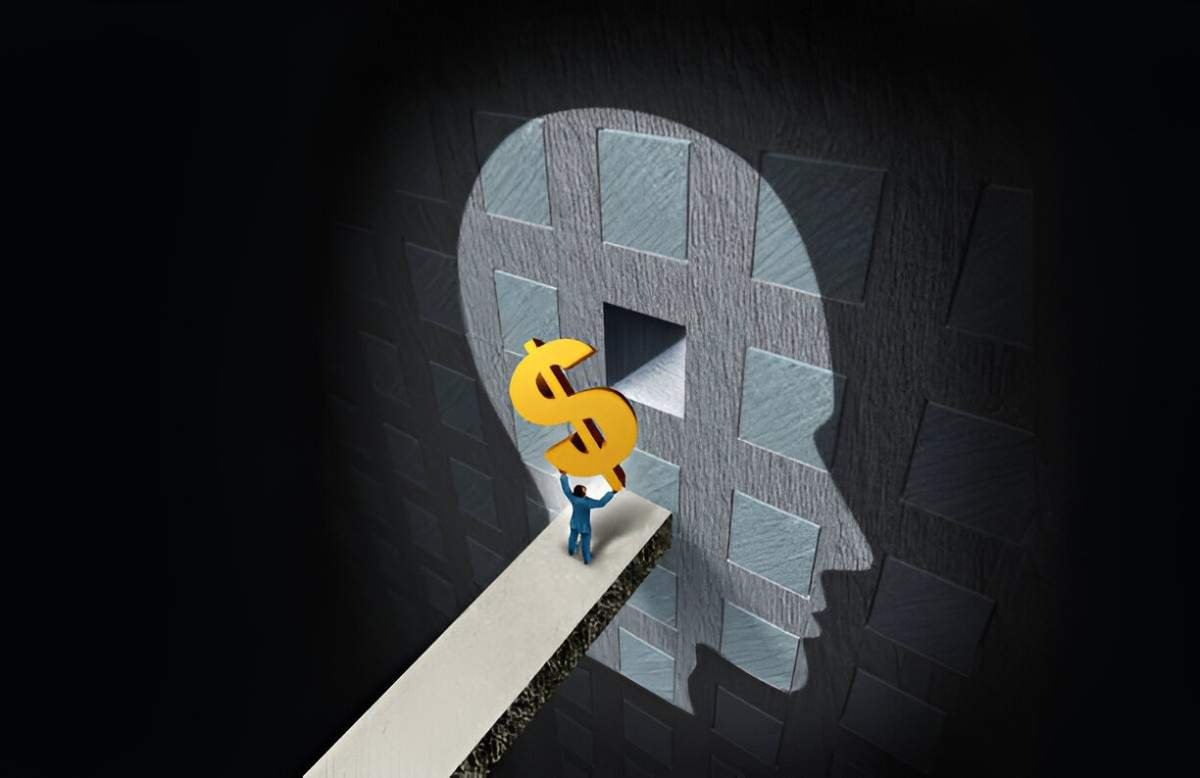Psychological pricing is one of the most fascinating and effective strategies in the world of marketing and retail. As someone who has spent years studying consumer behavior and pricing strategies, I can confidently say that understanding the psychology behind pricing is crucial for businesses aiming to maximize profits and customer satisfaction. In this article, I will break down the concept of psychological pricing, explore its most common strategies, and provide real-world examples to help you grasp how it works. I will also include mathematical expressions and tables to illustrate key points, ensuring the content is both informative and easy to understand.
Table of Contents
What is Psychological Pricing?
Psychological pricing is a strategy that leverages human psychology to influence purchasing decisions. It goes beyond the simple economics of supply and demand, tapping into how consumers perceive prices and value. The goal is to make products appear more attractive, affordable, or valuable than they might otherwise seem.
For example, pricing an item at $9.99 instead of $10.00 might seem like a trivial difference, but studies have shown that consumers perceive $9.99 as significantly cheaper. This is known as the “left-digit effect,” where the leftmost digit disproportionately influences our perception of price.
Why Psychological Pricing Works
Psychological pricing works because consumers don’t always make rational decisions. Instead, we rely on mental shortcuts, or heuristics, to simplify complex choices. These shortcuts are influenced by emotions, biases, and subconscious cues. By understanding these cognitive processes, businesses can design pricing strategies that align with how consumers think and feel.
For instance, consider the concept of anchoring. When we see a high original price crossed out and a discounted price next to it, our brain uses the original price as an anchor. The discounted price feels like a great deal, even if the product’s true value is closer to the discounted price.
Key Psychological Pricing Strategies
Below, I’ll explore some of the most effective psychological pricing strategies, complete with examples and calculations to illustrate their impact.
1. Charm Pricing
Charm pricing, also known as “just-below pricing,” involves setting prices just below a round number, such as $9.99 instead of $10.00. This strategy exploits the left-digit effect, making the price seem lower than it actually is.
Example:
Let’s say I run an online store selling T-shirts. If I price a T-shirt at $19.99 instead of $20.00, customers are more likely to perceive it as being in the $19 range rather than the $20 range. This subtle difference can significantly boost sales.
Mathematical Explanation:
The perceived difference between $19.99 and $20.00 can be modeled using the following formula:
Perceived\ Difference = \left| P_{charm} - P_{round} \right|
Where:
- P_{charm} is the charm price ($19.99).
- P_{round} is the round price ($20.00).
Even though the actual difference is only $0.01, the perceived difference is much larger due to the left-digit effect.
2. Prestige Pricing
Prestige pricing is the opposite of charm pricing. Instead of setting prices just below a round number, businesses set prices at or above round numbers to convey quality and exclusivity. This strategy is often used for luxury goods.
Example:
A high-end watch brand might price a watch at $5,000 instead of $4,999. The round number reinforces the perception of quality and luxury, making the product more appealing to affluent consumers.
Mathematical Explanation:
The impact of prestige pricing can be analyzed using the concept of price elasticity of demand:
Elasticity = \frac{\%\ Change\ in\ Quantity\ Demanded}{\%\ Change\ in\ Price}
For luxury goods, the demand is often inelastic, meaning that consumers are less sensitive to price changes. This allows businesses to use prestige pricing without significantly affecting sales volume.
3. Bundle Pricing
Bundle pricing involves offering multiple products or services together at a discounted rate. This strategy creates a perception of value and encourages customers to buy more than they initially intended.
Example:
A fast-food restaurant might offer a meal deal that includes a burger, fries, and a drink for $5.99, even though the individual items would cost $7.00 if purchased separately.
Mathematical Explanation:
The perceived value of the bundle can be calculated as follows:
Perceived\ Value = \frac{Price\ of\ Bundle}{Total\ Price\ of\ Individual\ Items}
In this case:
Perceived\ Value = \frac{5.99}{7.00} \approx 0.855
This means customers perceive the bundle as offering a 14.5% discount, even if the actual cost savings are minimal.
4. Decoy Pricing
Decoy pricing involves offering a third, less attractive option to make one of the other options seem more appealing. This strategy is commonly used in subscription pricing and menu design.
Example:
A streaming service might offer three subscription plans:
- Basic: $9.99/month (limited features)
- Standard: $14.99/month (moderate features)
- Premium: $19.99/month (all features)
The Basic plan acts as a decoy, making the Standard plan seem like a better value in comparison.
Mathematical Explanation:
The decoy effect can be quantified using the following formula:
Decoy\ Effect = \frac{Sales\ of\ Target\ Option\ with\ Decoy}{Sales\ of\ Target\ Option\ without\ Decoy}
If the Standard plan sells 50% more units when the Basic plan is introduced, the decoy effect is 1.5.
5. Anchor Pricing
Anchor pricing involves displaying a high original price next to a discounted price to create a perception of value. This strategy is commonly used in retail and e-commerce.
Example:
A clothing store might display a jacket with an original price of $200 crossed out and a sale price of $150. The $200 price serves as an anchor, making the $150 price seem like a great deal.
Mathematical Explanation:
The impact of anchor pricing can be analyzed using the following formula:
Perceived\ Savings = \frac{Original\ Price - Sale\ Price}{Original\ Price}
In this case:
Perceived\ Savings = \frac{200 - 150}{200} = 0.25
Customers perceive a 25% savings, even if the jacket’s true value is closer to $150.
Real-World Examples of Psychological Pricing
To further illustrate these strategies, let’s look at some real-world examples from well-known brands.
Example 1: Walmart’s Charm Pricing
Walmart is a master of charm pricing. The retail giant often prices items at $X.99 to create the perception of affordability. For example, a pack of batteries might be priced at $5.99 instead of $6.00. This subtle difference encourages customers to perceive the product as being in the $5 range, boosting sales.
Example 2: Apple’s Prestige Pricing
Apple uses prestige pricing to position its products as premium. For instance, the iPhone 15 Pro Max starts at $1,199, a round number that reinforces the brand’s image of quality and exclusivity.
Example 3: McDonald’s Bundle Pricing
McDonald’s frequently uses bundle pricing to offer value meals. For example, a Big Mac meal might include a burger, fries, and a drink for $6.99, even though the individual items would cost $8.50 if purchased separately.
Example 4: The Economist’s Decoy Pricing
The Economist famously used decoy pricing to boost subscriptions. By offering a print-only subscription for $125, an online-only subscription for $59, and a print-and-online subscription for $125, the decoy (print-only) made the print-and-online option seem like a better value.
Example 5: Amazon’s Anchor Pricing
Amazon frequently uses anchor pricing to highlight discounts. For example, a pair of headphones might be listed with an original price of $199 crossed out and a sale price of $149. The $199 price serves as an anchor, making the $149 price seem like a great deal.
The Role of Culture in Psychological Pricing
It’s important to note that psychological pricing strategies can vary across cultures. In the United States, charm pricing is highly effective because consumers are accustomed to prices ending in .99. However, in other countries, such as Japan, round numbers are often preferred because they convey simplicity and honesty.
Ethical Considerations
While psychological pricing can be highly effective, it’s essential to use it ethically. Misleading customers with false discounts or deceptive pricing can damage a brand’s reputation and lead to legal consequences. Transparency and honesty should always be the foundation of any pricing strategy.
Conclusion
Psychological pricing is a powerful tool that taps into the way consumers think and feel. By understanding and applying strategies like charm pricing, prestige pricing, bundle pricing, decoy pricing, and anchor pricing, businesses can influence purchasing decisions and maximize profits. However, it’s crucial to use these strategies ethically and transparently to build trust with customers.





